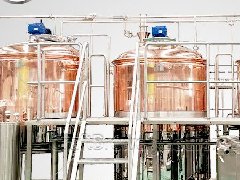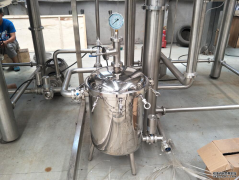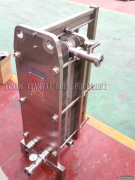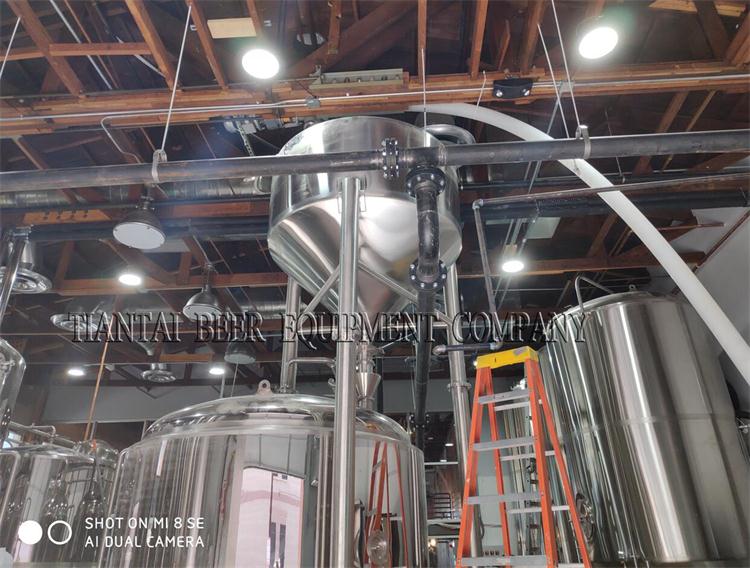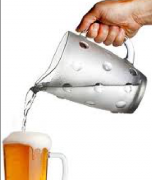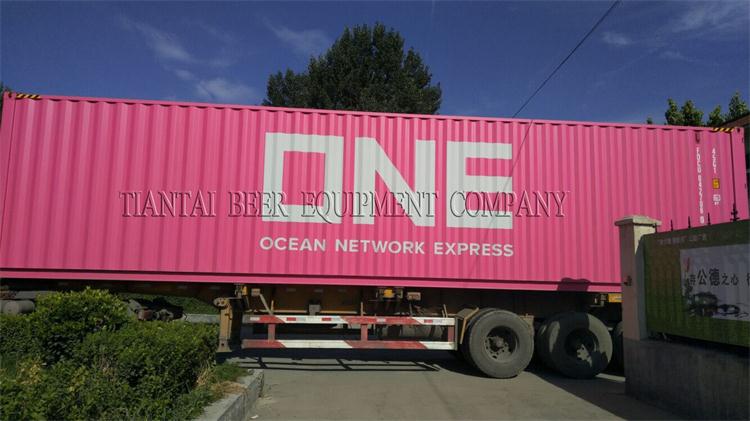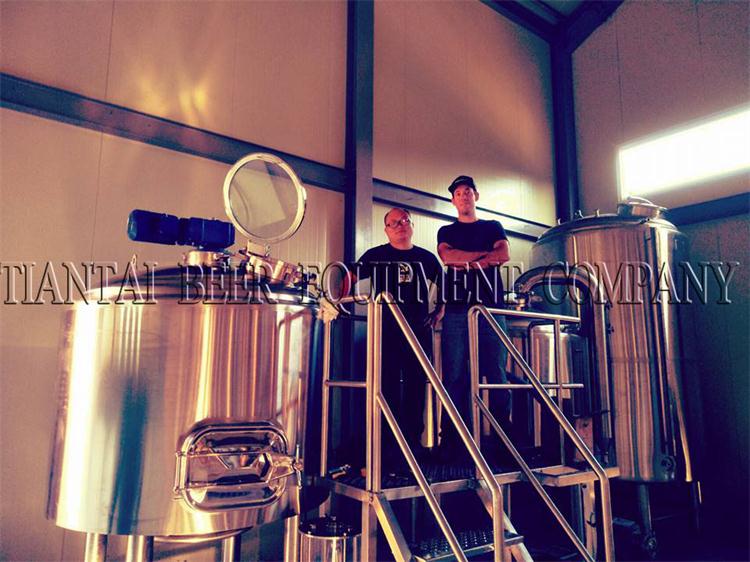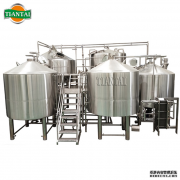Mashing In brewing and distilling, mashing is the process of combining a mix of grain (typically malted barley with supplementary grains such as corn, sorghum, rye, or wheat), known as the "grain bill", and water, known ...
- Email[email protected]
- Phone0086-18678821312
- VisitCN Jinan- 2668 Jichang Rd.


